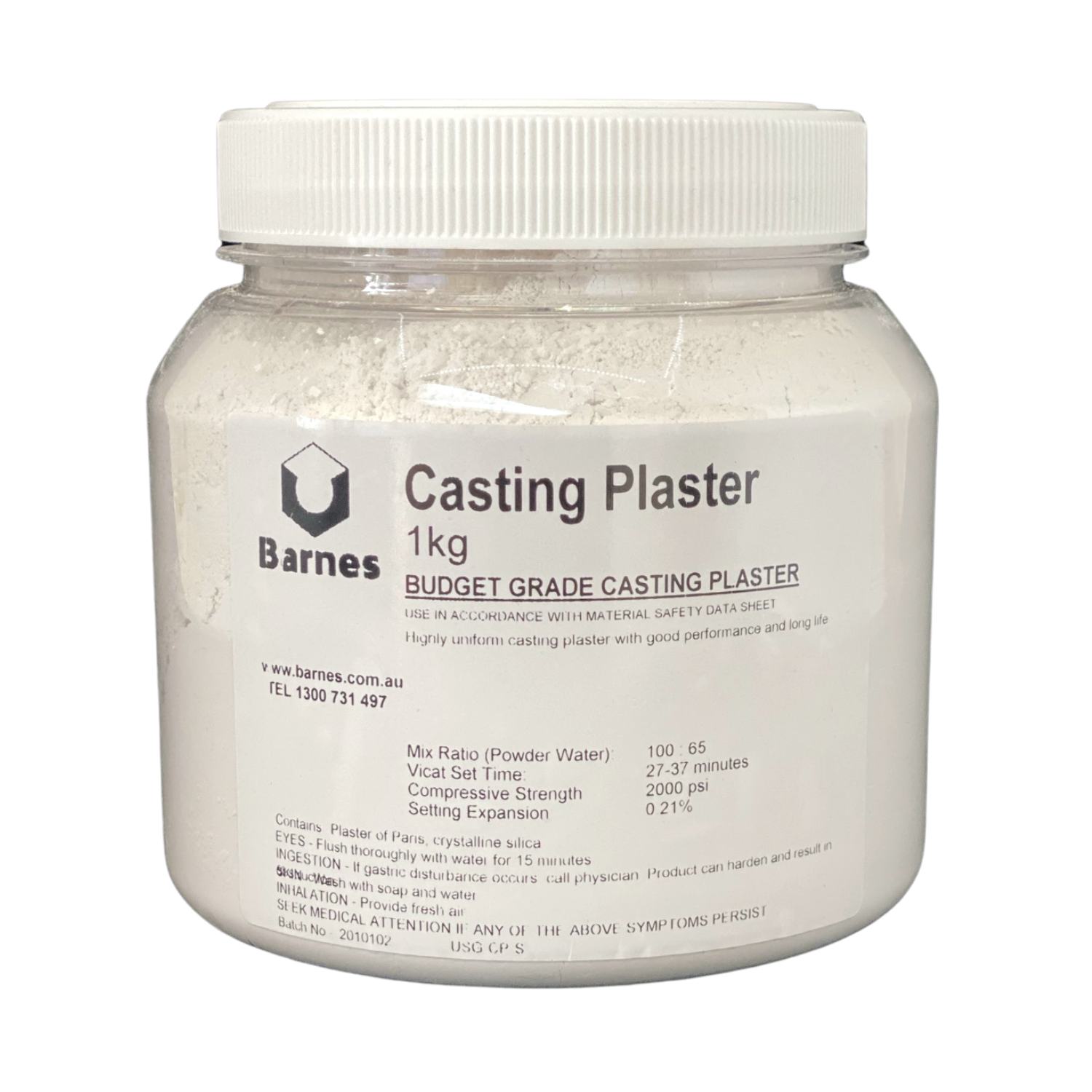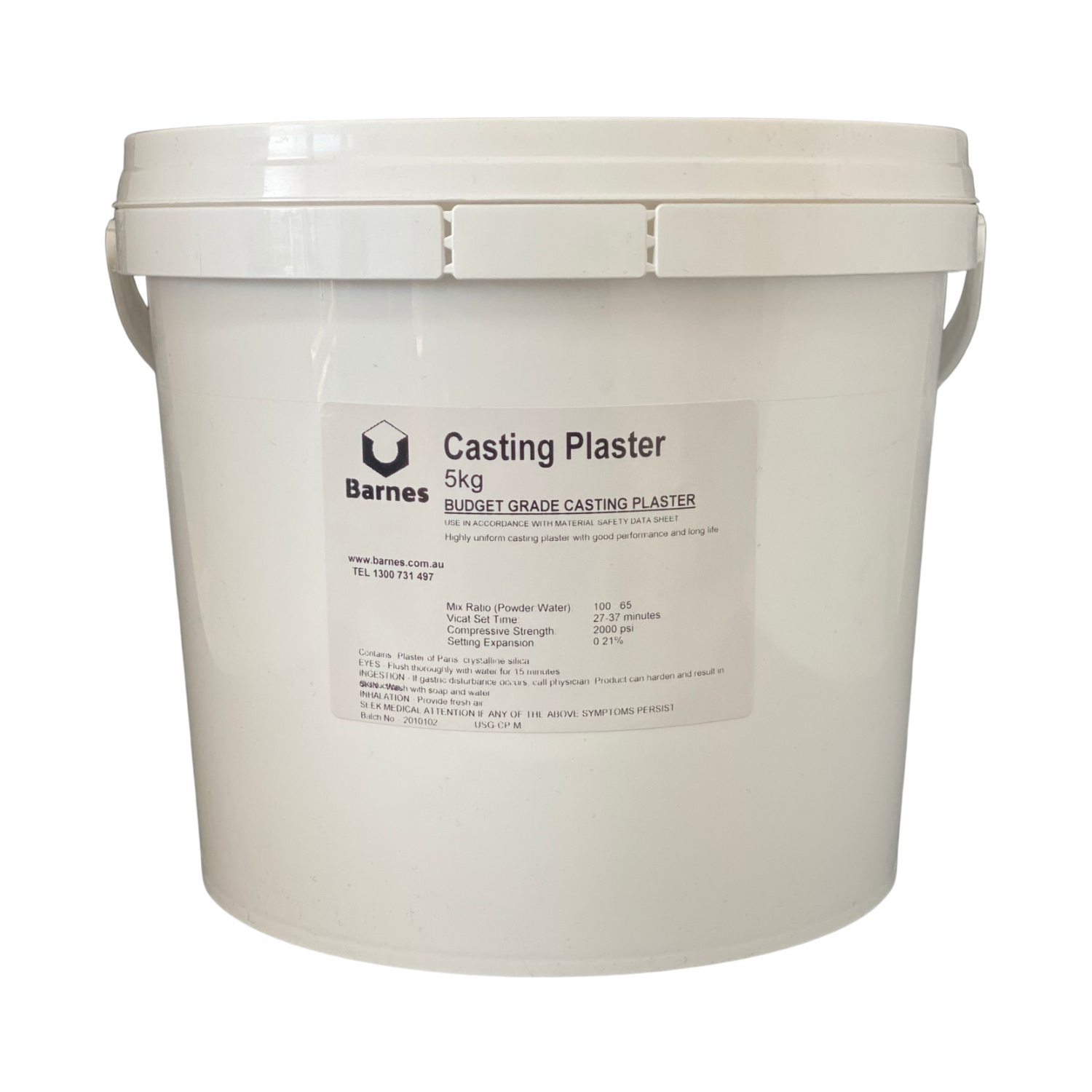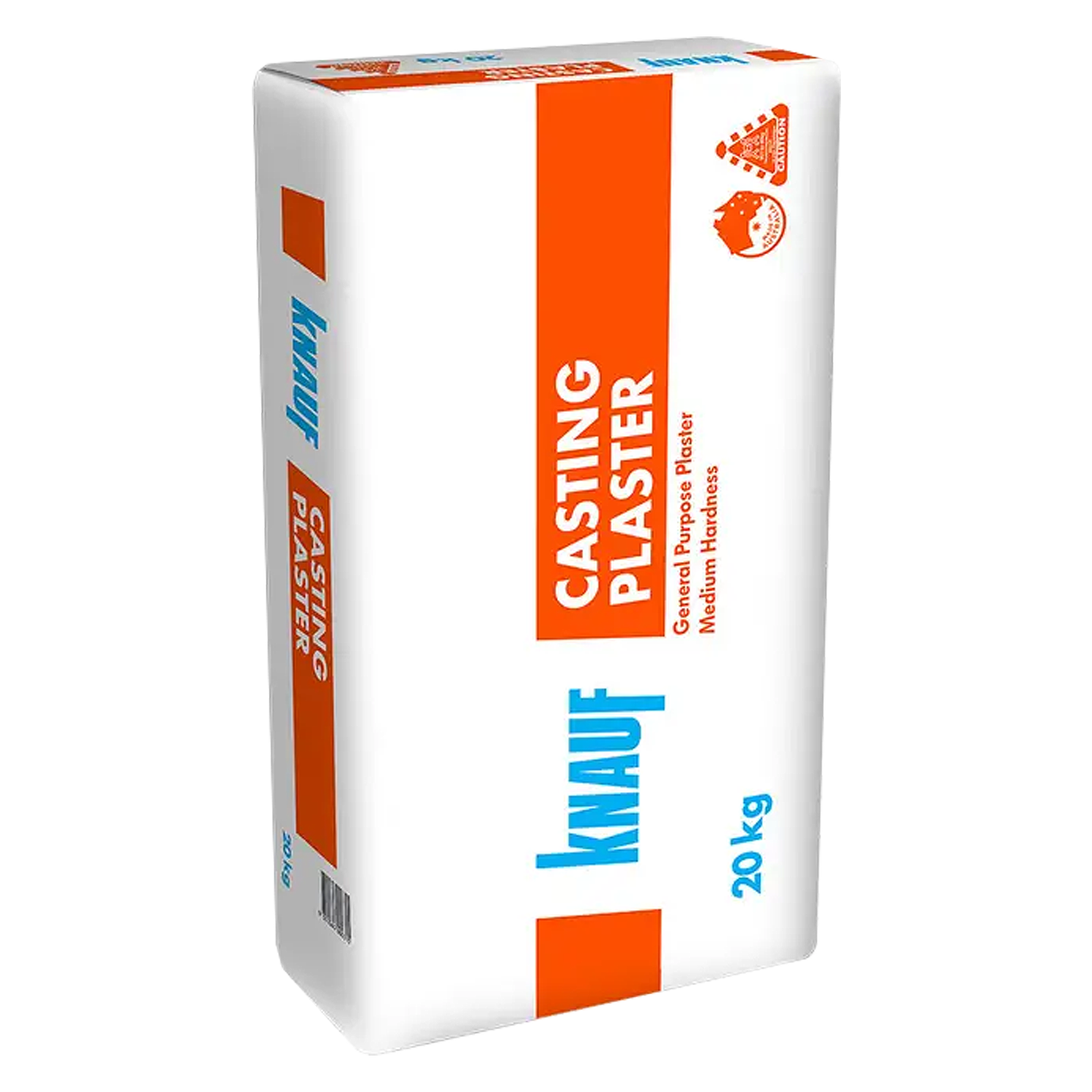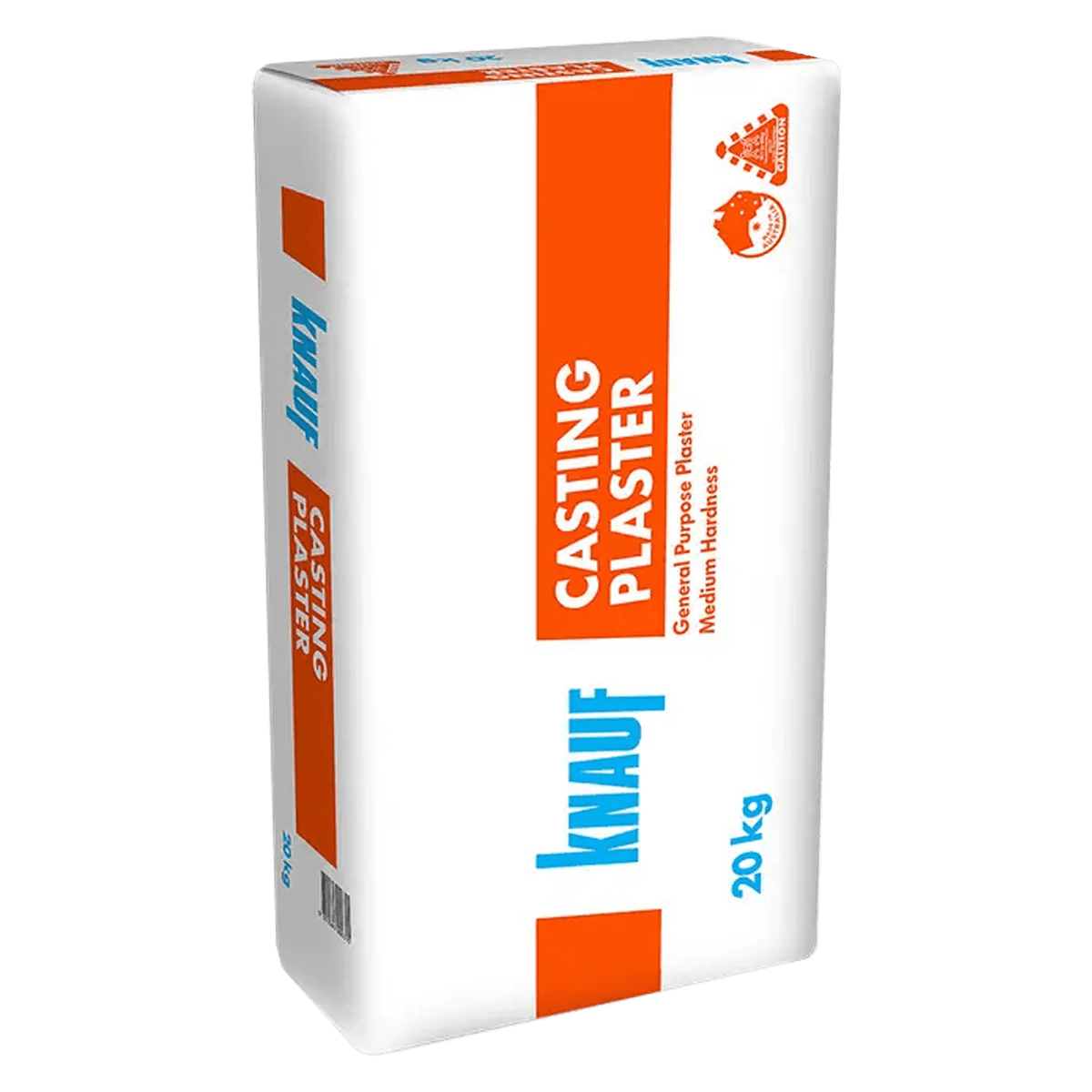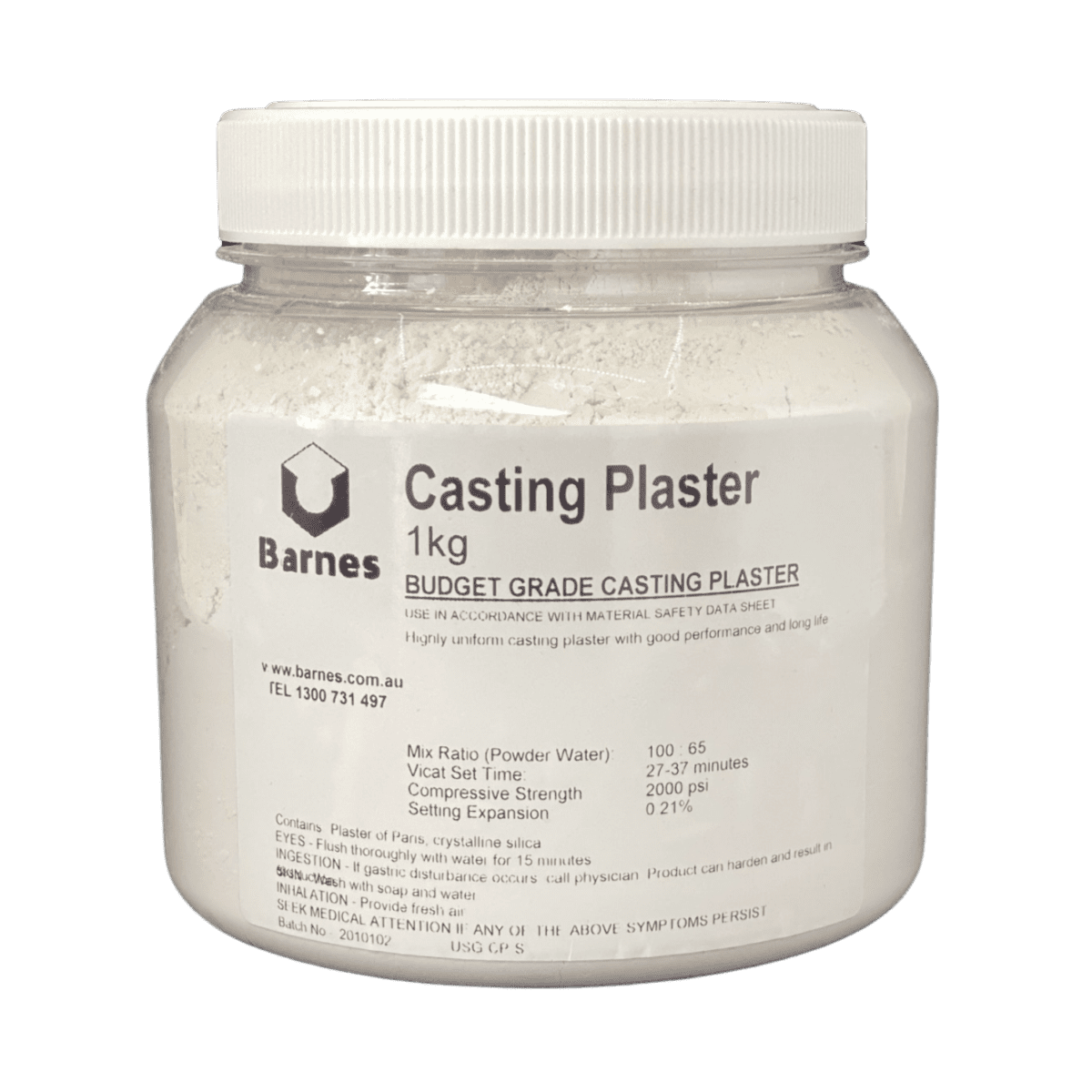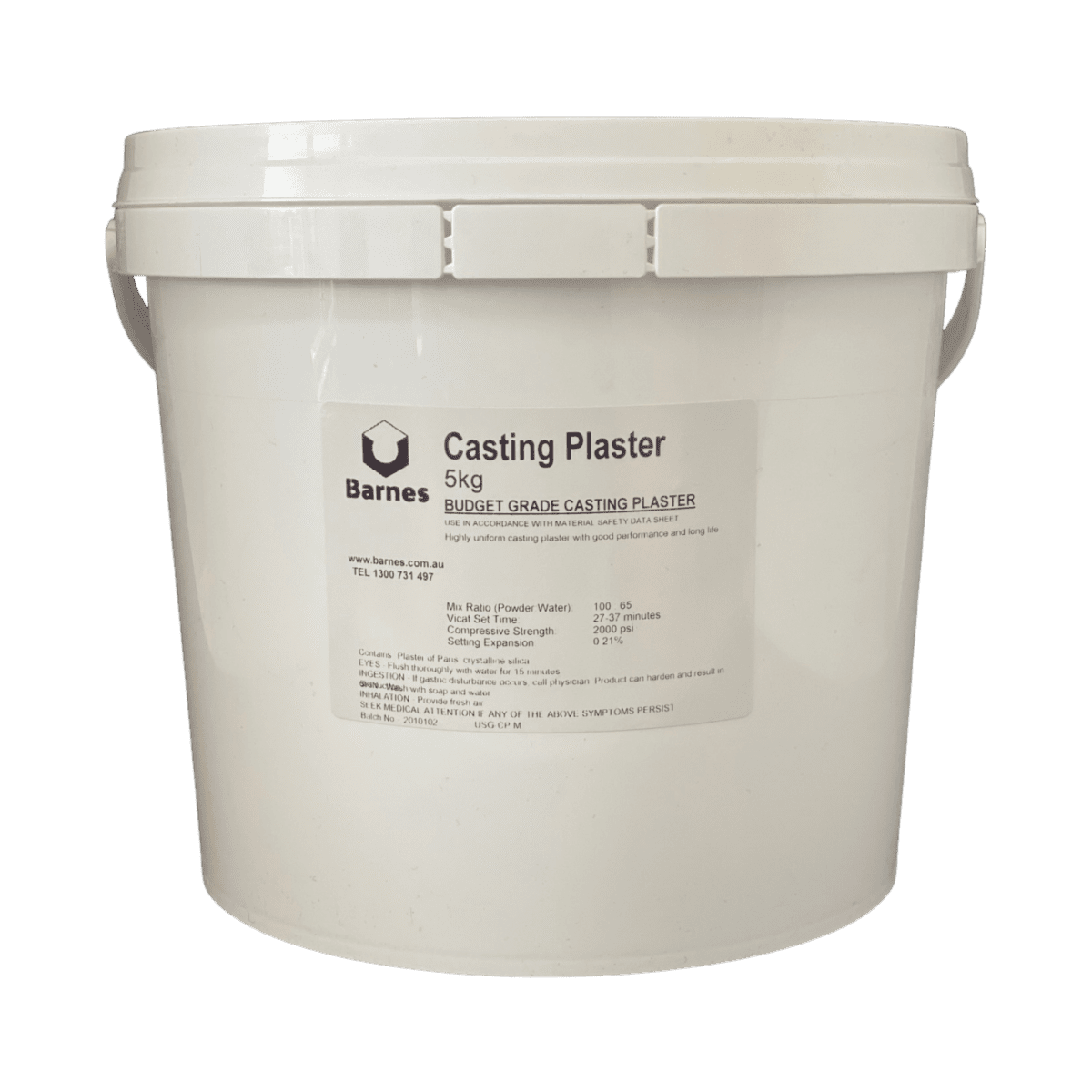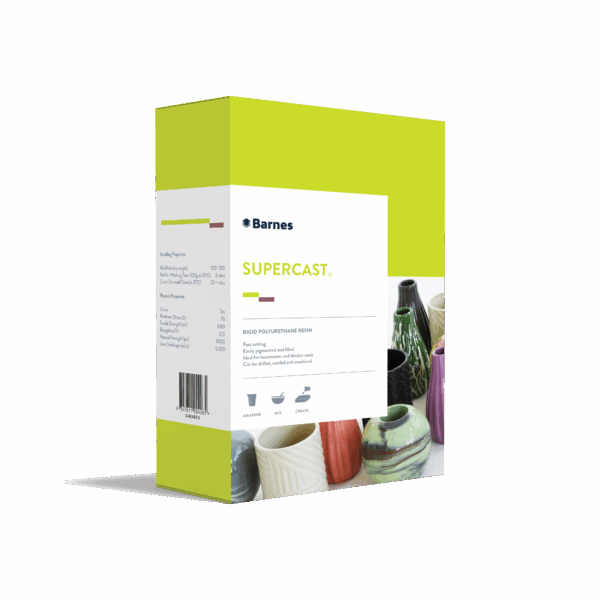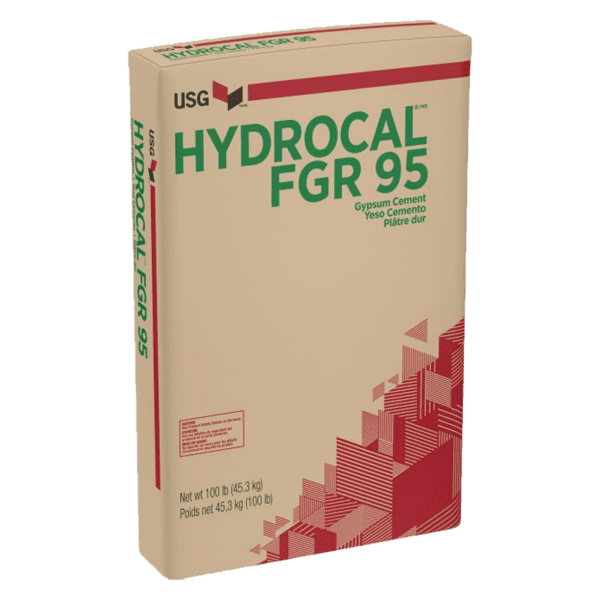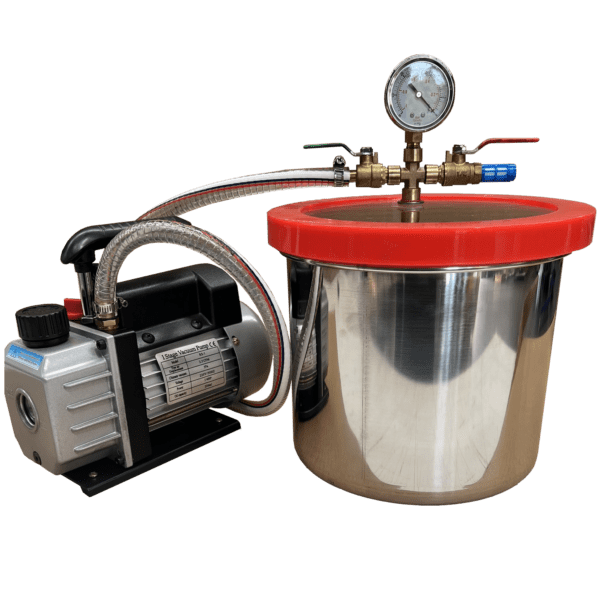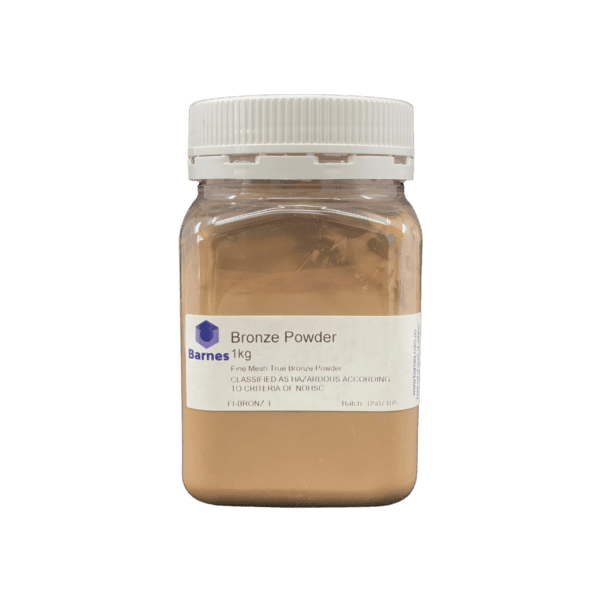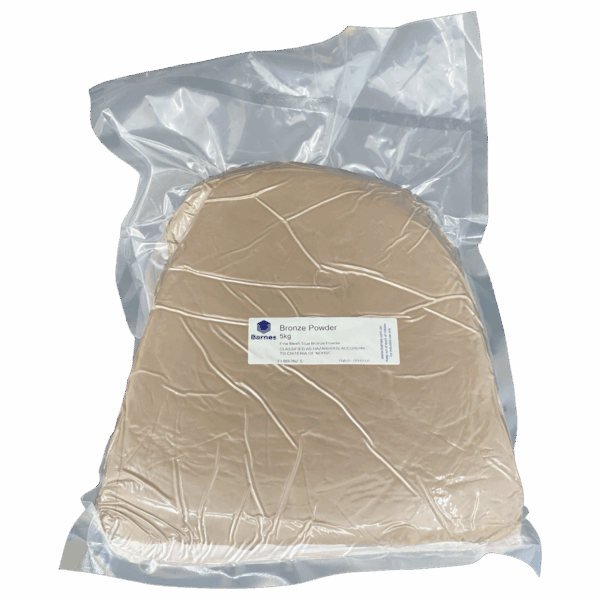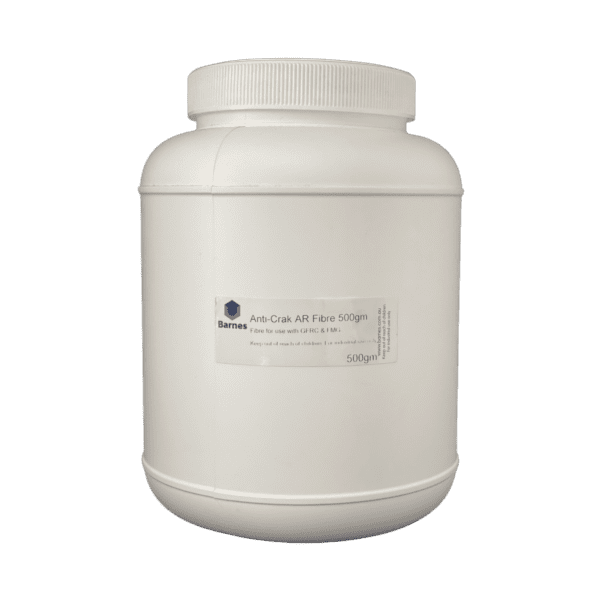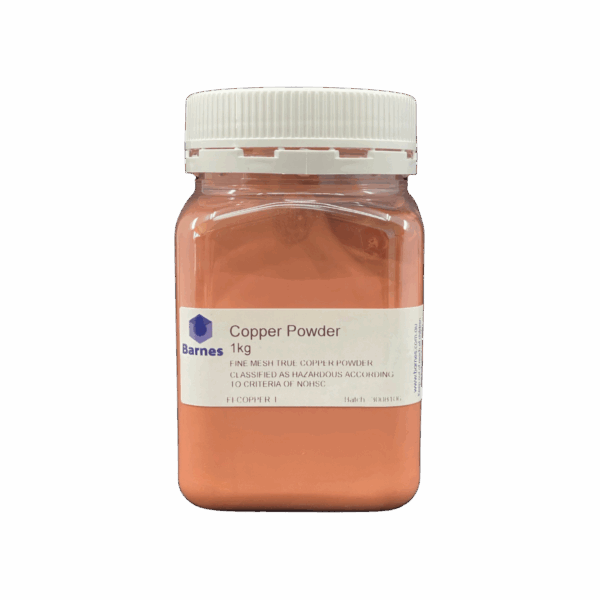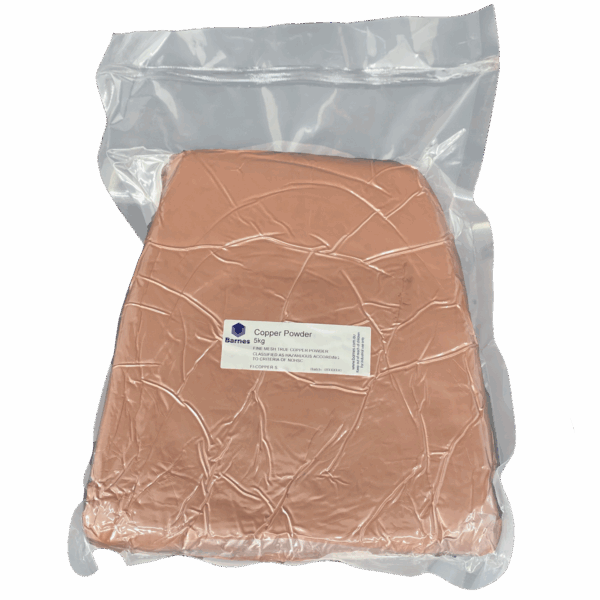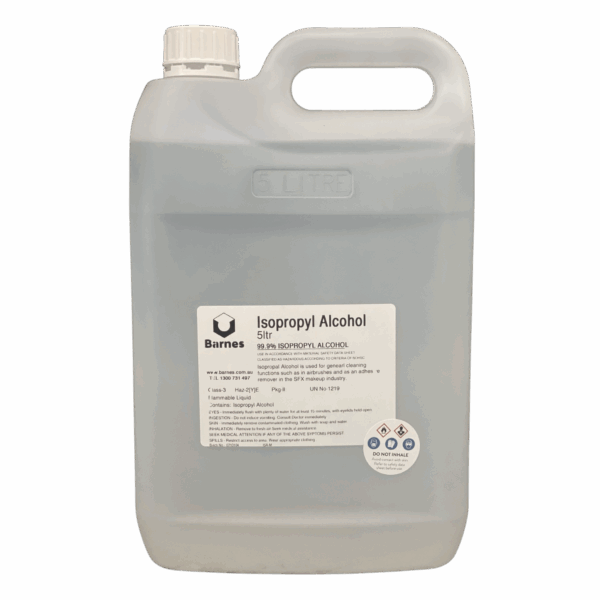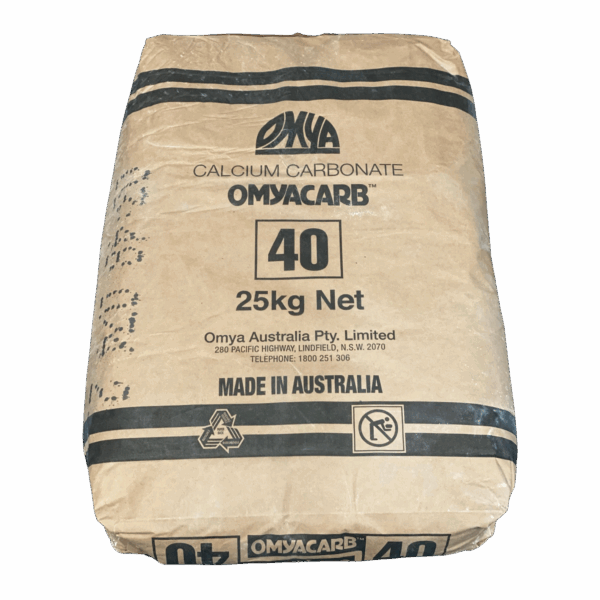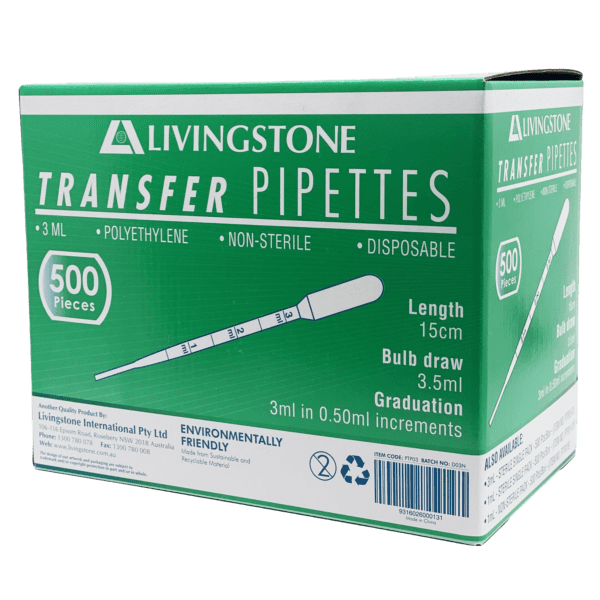Casting Plaster – General Purpose
Casting Plaster is a general purpose plaster developed and manufactured for use in the production of plaster craft replications. Castng Plaster provides reproductions that are of medium hardness which makes it suitable for carving and turning. This plaster may also be used for quick casts into alginate and latex moulds. Casting Plaster is ideally suited to a wide variety of uses including the production of fibre reinforced cornice sections, cast panels, tiles, ceiling roses, statuary, giftware, articles and models. The plaster is considered to be of medium hardness.
Application:
– When producing plaster casts, it is important to record the water to plaster ratio used in the trials, so that mixes can be adjusted according to experience.
– Weighed quantities of plaster should always be used as the bulk density is variable and measurement by volume is unreliable
– Strength, hardness and density of a plaster cast is directly related to the quantity of water used for gauging, which should be kept to a workable minimum. (Recommended water : plaster ratio is 65:100).
Mixing:
– Always use clean cold water, tools and containers
– Do not mix with residues of previously used compounds. Use of dirty tools or containers may reduce working time and strength.
– Weigh plaster and measure water accurately for each
mix to ensure uniform moulds or casts.
– Always add Casting Plaster to water (e.g. 5kg of powder to 3.25L of water). Mix only enough Casting Plaster to meet needs. Pour the plaster into the mould, tapping or vibrating the mould to avoid air bubbles. Allow plaster to set completely before removing from the mould.
– Once setting has commenced the material cannot be remixed and must be discarded. The inclusion of other materials in the mix will impair the performance of this product and will void the product warranty.
– Dry plaster casts and objects thoroughly. Casts can be air or oven dried. Oven drying should be carried out in a thermostatically controlled fan forced oven with temperatures not exceeding 45-50C.
– CAUTION: Do not overmix. Overmixing can introduce air bubbles, which can create surface imperfections and reduces working time. Use a mixer like the small Hanson mixers, and use a low rpm. Make sure you get into the corners of your mixing vessel.
Health & Safety
Please check the SDS for a full list of Health & Safety measures. This should be located under the Technical Documents section. DO NOT attempt to make an enclosed cast of body parts such as hands or fingers.

